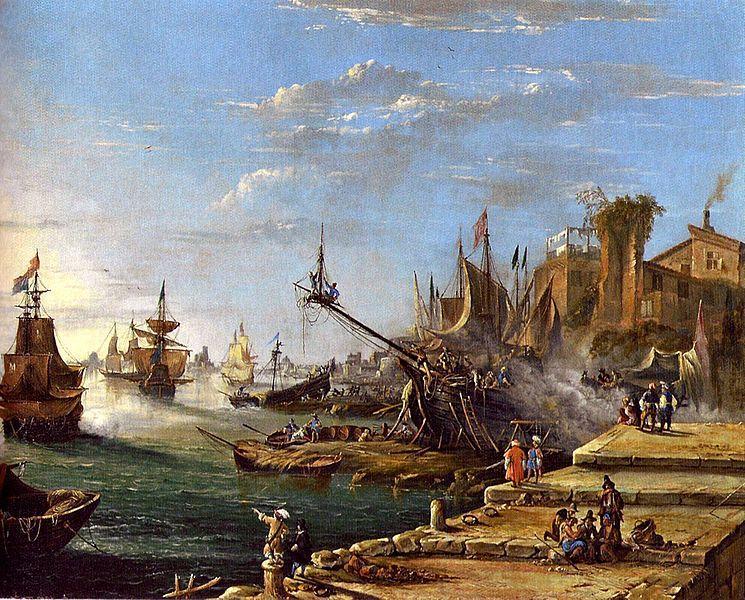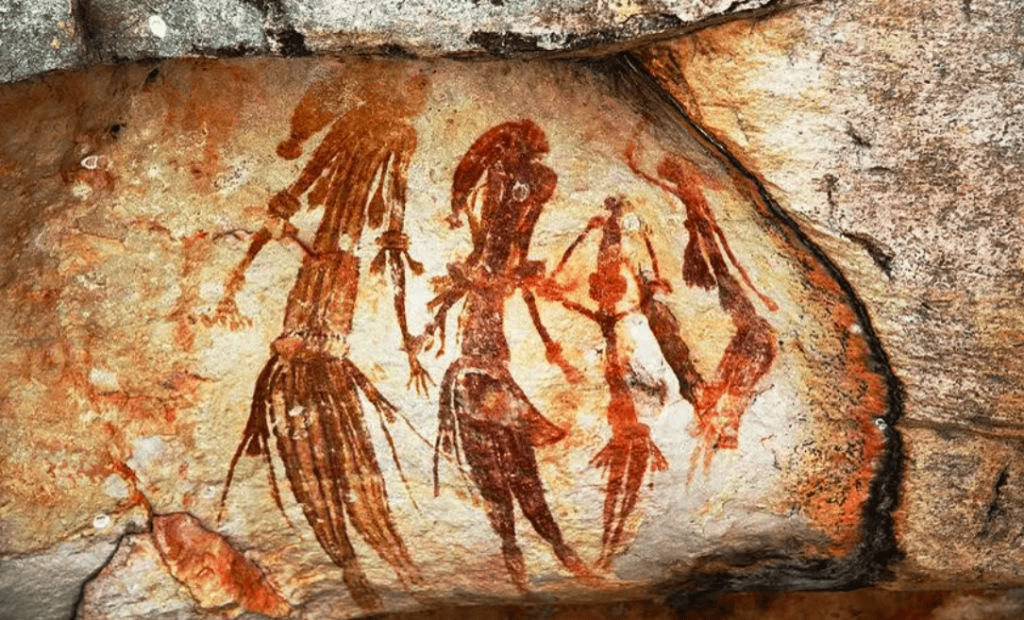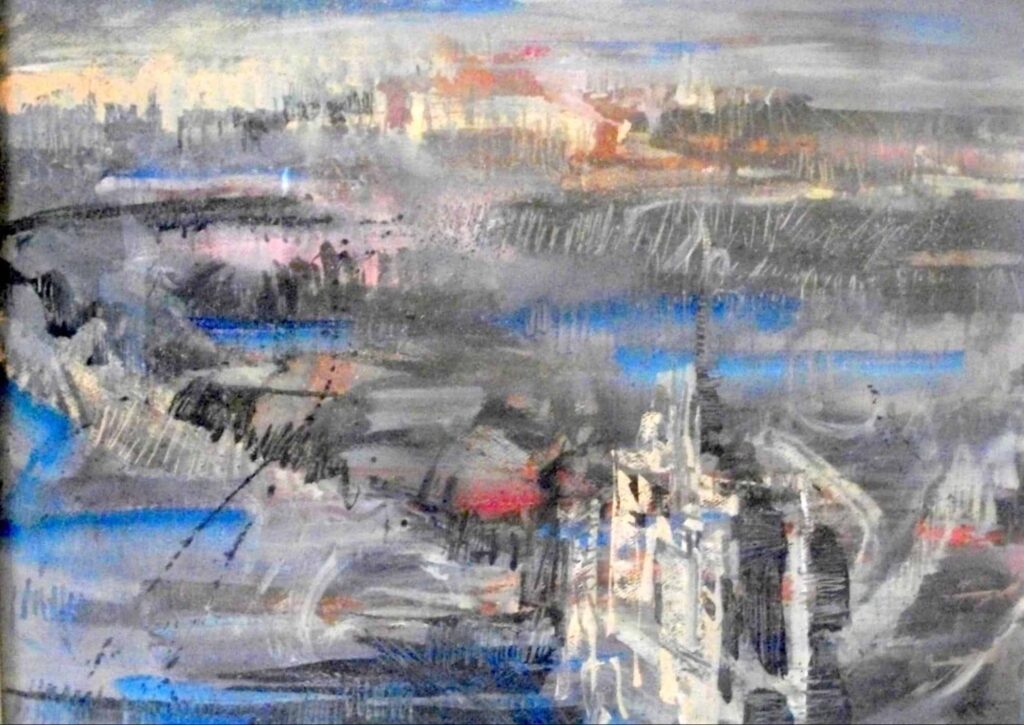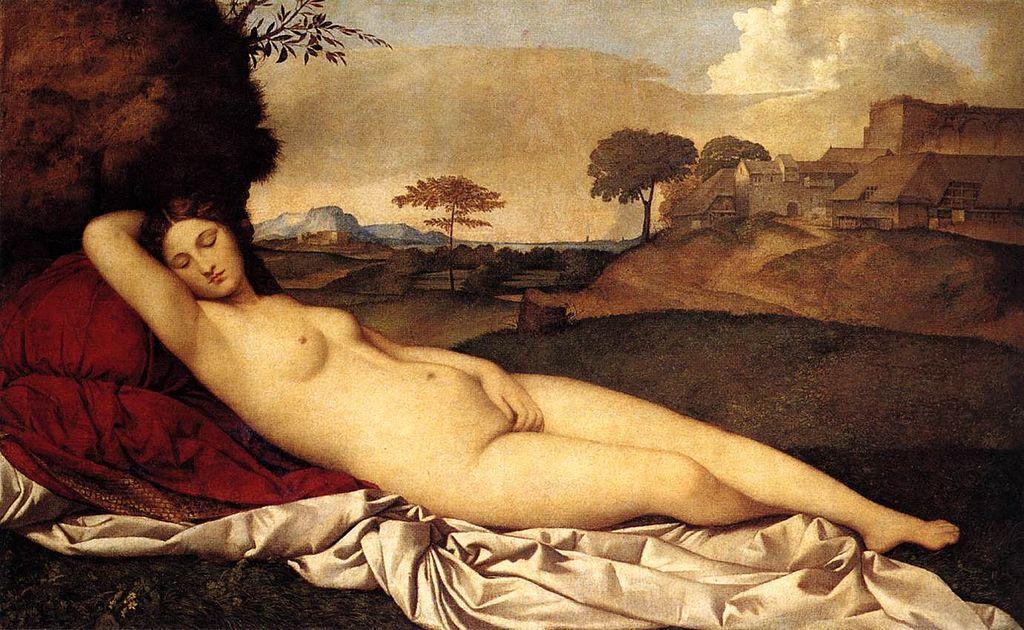What is Figurative Art? Contemporary and Abstract

Figurative art is a kind of art that depicts the human form as well as real objects and scenes. This type of art has a long and illustrious history, stretching back to ancient civilizations, and has evolved over the years to encompass modern and abstract variations. Figurative art exists in a variety of forms, including painting, drawing, sculpture, and photography. Figurative art frequently focuses on the human figure, but it also incorporates still life, landscapes, and other physical subjects. Figurative art, whether realistic or abstract, affords artists the ability to explore the human experience, communicate emotions, and create representations of the world.
There are numerous types of figurative art, including portraiture, landscape painting, still life, and genre themes. This type of art is distinguished from abstract art, which is non-representational, by the term “figurative.”
Related Link: What is Conceptual Art? Overview with Examples
Definition of Figurative Art
Figurative art is an artistic style that depicts the real world and its objects. It depicts recognized forms, such as the human figure, landscapes, and still life. Figurative art can range from very realistic to semi-abstract, and it frequently seeks to express the essence of the topic as opposed to an exact representation. This type of painting departs from non-representational abstract art, which emphasizes color, form, and texture rather than familiar objects.
Are you looking to deepen your understanding of the art world? Visit Sparks Gallery today.
Origins of Figurative Art

Figurative art can be traced all the way back to the first examples of human art. Stretching all the way back to the Paleolithic period, humans made figurative art in the form of cave paintings, such as those found at the famous Lascaux caves in France. The recognizable forms of humans, along with animals like horses, rhinos, bulls, and lions are represented here. Moving into the Ancient world, civilizations such as the Egyptians, Mesopotamians, and Greeks produced figurative art that was highly stylized and symbolic of their religious and cultural ideas. Michelangelo, Leonardo da Vinci, and Raphael revolutionized figurative art throughout the Renaissance by introducing a new level of realism and naturalism to their work. This resulted in a resurgence of interest in the human form and ushered in a new age of figurative art that evolved over the centuries.
Notable Figurative Art Artists

In some figurative paintings, there can be an intriguing overlap where viewers can vaguely identify recognizable shapes amidst the abstract composition, blurring the lines between representation and abstraction. This interplay adds depth and complexity, inviting personal interpretations and connections.
Numerous painters have made significant contributions to the development of figurative art throughout history. Among the most renowned figurative artists are:
Michelangelo
Michelangelo is generally regarded as one of the finest artists in history. He was a master of figurative art, and his sculptures and paintings are distinguished by their exquisite attention to detail and the passion they portray.
Pablo Picasso
Picasso was a figurative art master with a distinctive and original style. He was a leader of the Cubist movement, and his work is marked by fragmented, real-world-inspired abstract forms.
Frida Kahlo
Frida Kahlo was a Mexican artist whose self-portraits are her most well-known works. Her paintings are recognized by their brilliant colors, powerful lines, and their ability to convey profound emotions.
Jeff Koons
Jeff Koons is an American sculptor renowned for his large-scale works inspired by commonplace objects. His work is distinguished by its use of vivid hues and shiny surfaces, which provide the observer with a very dynamic and amusing experience.
Related Link: Buying Art for Beginners: Tips & Myths
Figurative Art as Examples

Numerous works of figurative art exhibit the variety and adaptability of this approach. Among the most prominent examples are:
The Mona Lisa (1503-1506) by Leonardo da Vinci
This well-known painting is regarded as one of the finest examples of figurative art. It represents a fascinating and enigmatic figure, and its delicate smile has been the subject of a great deal of discussion and interpretation.
Salvador Dali’s The Persistence of Memory
This was published in 1931. This painting is one of Dali’s most well-known works and is frequently recognized as a prime example of Surrealist art. The melting pocket watches in the painting are designed to represent the ephemeral nature of time. The warped and melting watches, as well as the dreamlike nature of the picture, are defining characteristics of Dali’s surrealist style.
1930s American Gothic by Grant Wood
This picture is among the most recognizable examples of American figurative art. American Gothic, which depicts a farmer and his daughter in front of a rural American home, has become a symbol of rural American life. This painting is one of the classic examples of Regionalist art due to Wood’s use of simplicity and flatness in his style, as well as his attention to minute detail.
The Son of Man (1964) by René Magritte
This painting is one of Magritte’s most well-known and is frequently cited as one of the most influential examples of figurative, surrealist art. A man in a suit and bowler hat is partially covered by a green apple in this picture. The apple obscures our view of the man’s face, causing us to question what is concealed and what is revealed. The striking simplicity of the painting has made it one of Magritte’s signature works.
Are you ready to explore the realm of different art forms? Find answers at Sparks Gallery.
Figurative art is a broad classification of artwork that can range from the largely realistic to almost entirely abstract. By understanding different kinds of figurative works of art and their significance in the context of history, one can better understand the many forms of expression and meaning conveyed through these artistic endeavors. It’s clear that figurative art has come a long way over the years and will continue to develop in passionate and unexpected ways for generations to come. From realism to abstraction, from local folkloric works to world famous pieces, figurative tradition has left its mark on human culture as an essential form of expressing ideas beyond words. We invite you to explore more about this and other styles of artwork at Sparks Gallery, where we share unique interpretations from past and present genres alike.
Related: Sparks Gallery Client Resources, and framing options

